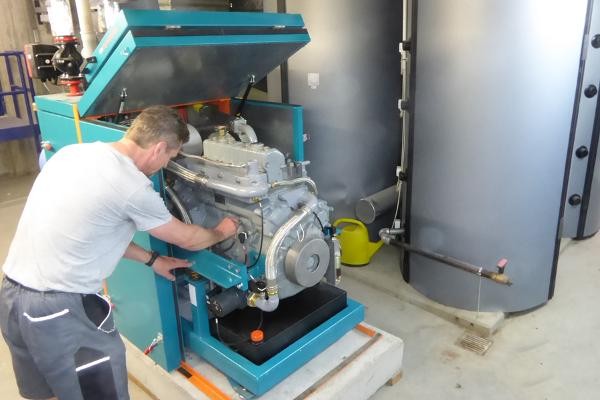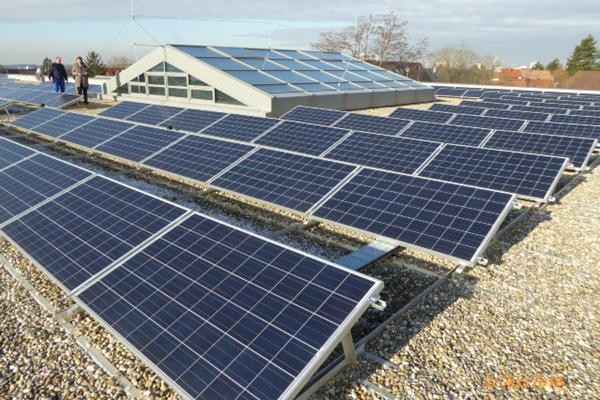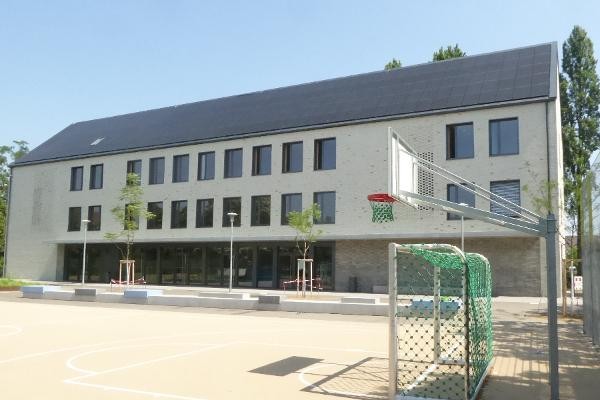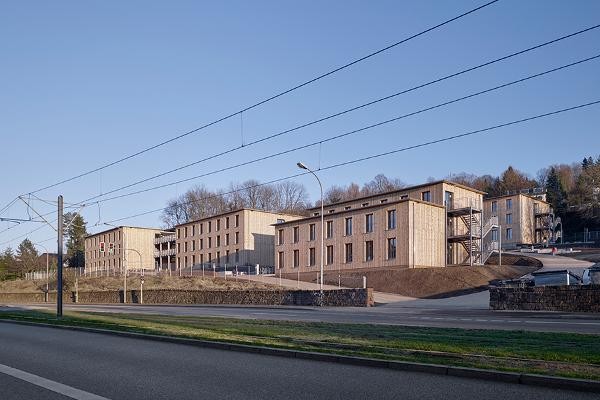Municipal building and energy management
The Freiburg Building Management Authority, which looks after the city-owned nonresidential buildings, such as schools, administrative buildings, and kindergartens, is also responsible for managing the energy use of these properties. The Building Management Authority’s energy guidelines specify requirements pertaining to energy-saving construction and efficient technology for new buildings and renovations, as well as for the operation and use of the buildings with a view to optimized energy consumption. The city’s own building stock as well as all planning and development projects are subject to constant monitoring and optimization in order to increase energy-saving potential, to reduce CO2 emissions, and to cut costs. Thanks to a wide range of ongoing measures that include the construction of efficient new buildings, renovations, the optimization of building operations via control systems, and janitor training, CO2 emissions from municipal buildings have plummeted by almost 50% since 1990.



